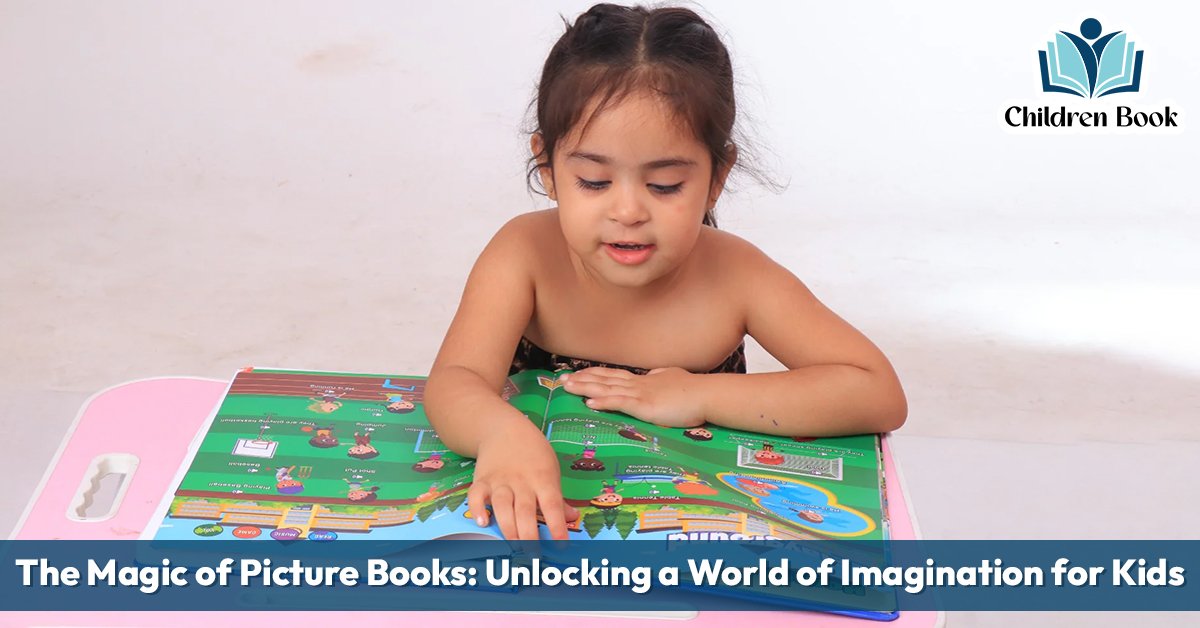Historical fiction is a genre that holds a unique allure for children, offering them the opportunity to journey through time and explore different eras, cultures, and civilizations. This comprehensive guide will delve into the captivating world of historical fiction for children’s books, uncovering its power to educate, entertain, and inspire young readers.
I. The Magic of Historical Fiction for Children
Historical fiction stands apart from other genres due to its ability to transport readers to different historical periods while weaving captivating narratives around real-life events, people, and places. This genre sparks children’s imagination and fosters empathy, critical thinking, and a deeper understanding of the world around them.
II. Diverse Periods and Settings

Ancient Civilizations: From the grandeur of ancient Egypt to the majesty of the Roman Empire, children can explore the wonders of civilizations long past.
Medieval Times: Knights, castles, and feudal lords come to life in stories set during the Middle Ages, offering a glimpse into the chivalry and pageantry of the era.
Renaissance and Reformation: The dawn of the modern world is brought to vivid life through tales of artistic innovation, scientific discovery, and cultural upheaval.
Colonial America: Stories of early settlers, Native American encounters, and the struggle for independence provide a window into the birth of a nation.
Industrial Revolution: Children can witness the transformative impact of industrialization on society, from the rise of factories to the plight of child laborers.
World Wars: Through the eyes of young protagonists, readers can experience the courage, sacrifice, and resilience of those who lived through the tumultuous events of the 20th century.
Civil Rights Movement: The fight for equality and justice is explored in stories that highlight the struggles and triumphs of African Americans and other marginalized groups.
Space Exploration: Children can embark on thrilling adventures beyond the stars, exploring the final frontier alongside brave astronauts and intrepid explorers.
III. Themes and Topics in Historical Fiction

Friendship and Family: Stories of enduring bonds and familial love set against the backdrop of historical events.
Adventure and Discovery: Tales of exploration, discovery, and daring escapades that ignite children’s sense of adventure.
Resilience and Perseverance: Characters who overcome adversity and hardship, teaching children valuable lessons about resilience and determination.
Identity and Belonging: Stories of self-discovery, Identity Formation, and Finding One’s place in the world amidst cultural change.
Historical Figures and Events: Children can learn about real-life historical figures and events through engaging narratives that bring history to life.
IV. Crafting Compelling Historical Fiction for Children

Researching the Past: Tips for conducting thorough research to ensure historical accuracy and authenticity.
Creating Believable Characters: Strategies for crafting compelling characters that resonate with young readers.
Setting the Scene: Techniques for vividly depicting historical settings and environments.
Incorporating Historical Events: Balancing factual accuracy with fictional storytelling to create immersive narratives.
Illustrating the Past: The role of illustrations in enhancing children’s understanding and appreciation of historical fiction.
V. Recommended Historical Fiction Books for Children

Early Readers and Picture Books: Introducing young readers to history through engaging stories and vibrant illustrations.
Middle-Grade0…. Novels: Captivating tales of adventure, mystery, and friendship for intermediate readers.
Young Adult Fiction: Thought-provoking stories of courage, love, and sacrifice for older readers.
Graphic Novels and Comics: Visualizing history through sequential art and narrative storytelling.
VI. Teaching and Learning with Historical Fiction

Incorporating Historical Fiction into the Classroom: Lesson plans, activities, and discussion topics for educators.
Using Historical Fiction as a Gateway to Further Learning: Recommended resources and educational tools for parents and teachers.
Fostering Empathy and Understanding Through Historical Fiction: Promoting cultural literacy and global awareness through literature.
VII. Conclusion: The Enduring Appeal of Historical Fiction for Children

In conclusion, historical fiction for children offers a rich tapestry of stories that ignite imagination, foster empathy, and instill a love of learning. Through engaging narratives set against the backdrop of real-life events and historical periods, young readers can embark on a journey through time, where adventure, discovery, and possibility await. So, whether it’s exploring ancient civilizations, reliving the struggles of the Civil Rights Movement, or venturing into the depths of space, historical fiction invites children to discover the past in ways that are both educational and entertaining.


